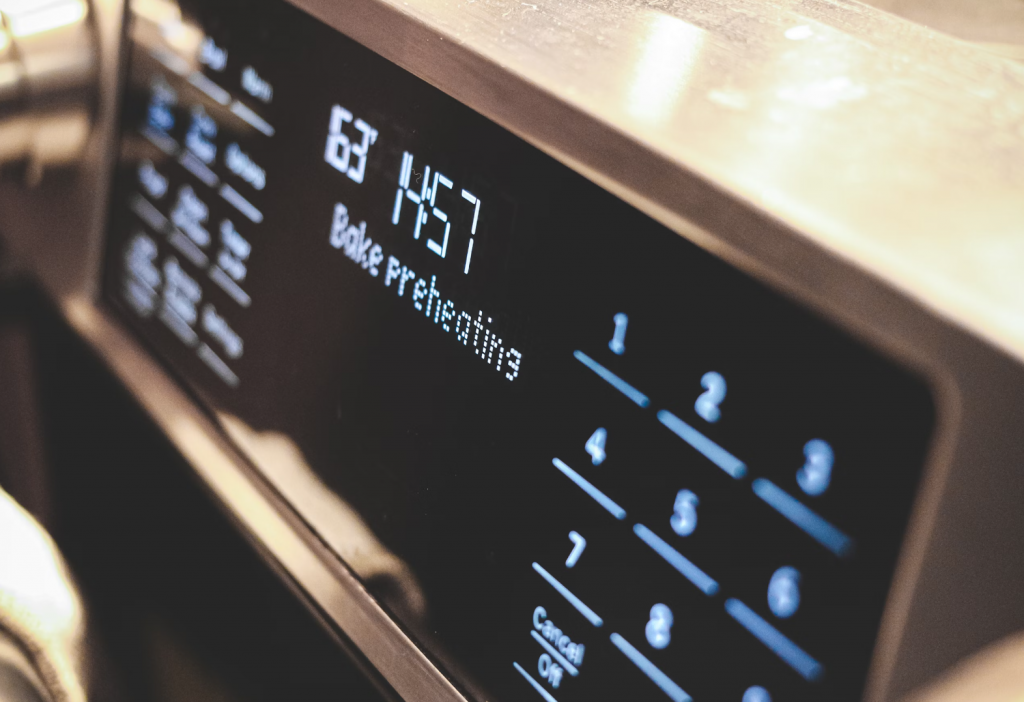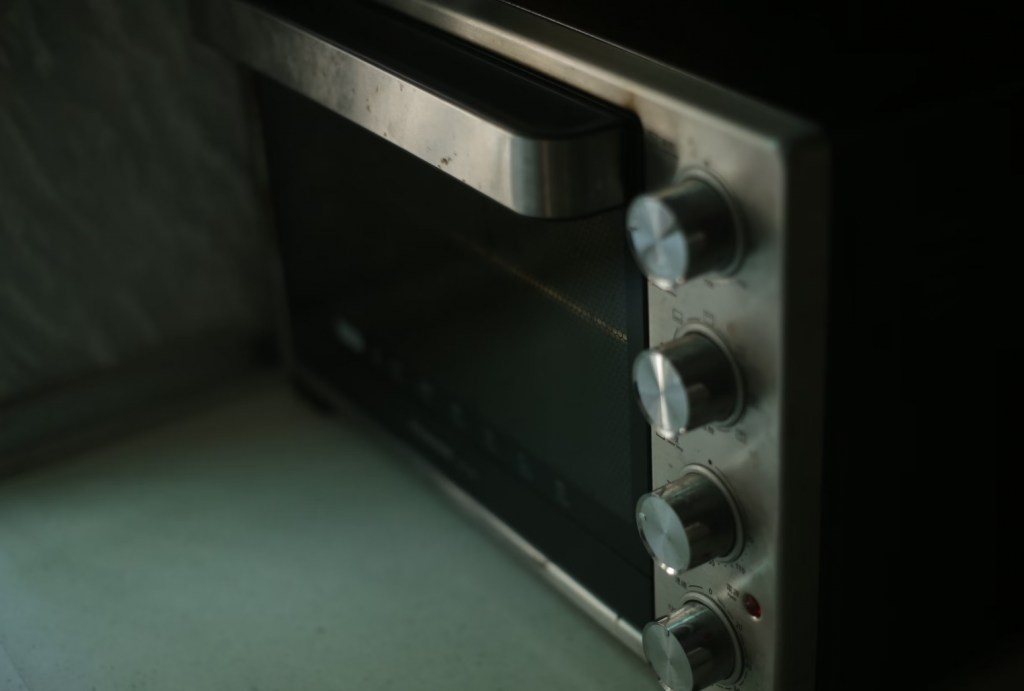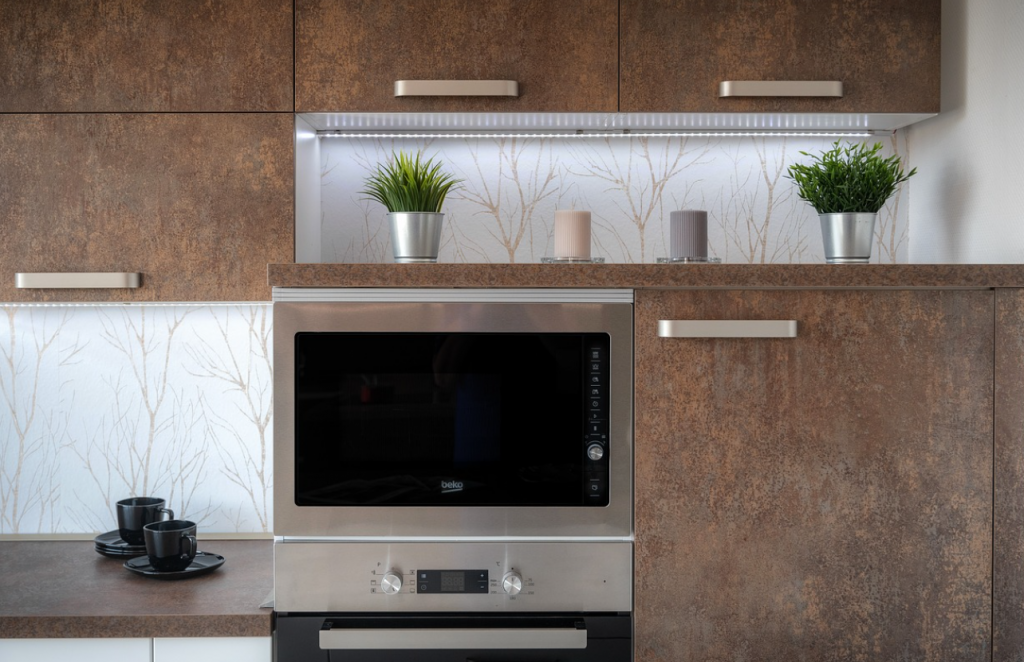Introduction
When it comes to baking, the temperature of your oven is everything. You could follow a recipe to the letter, use the best ingredients, and still end up with a less-than-perfect result if your oven isn’t calibrated correctly. An oven that runs hot or cold can cause uneven baking, and that’s where oven calibration comes in. But what does it mean to calibrate your oven, and how can you do it? Let’s dive into this essential kitchen skill that will help you bake like a pro.
Why Oven Calibration is Important
Oven calibration is the process of adjusting your oven’s temperature to match what it displays. When your oven isn’t calibrated correctly, it could be baking your food at a higher or lower temperature than you intend. This can lead to burnt or undercooked dishes, especially in recipes that require precise temperature control.
How Calibration Affects Cooking Results
Imagine trying to bake a delicate soufflé or a batch of cookies that need a precise temperature to rise perfectly. If your oven is 25 degrees off, you could end up with a disaster. Calibration ensures that the oven’s internal temperature matches the one you set, giving you the best chance for flawless baking.
Common Problems with Oven Temperature
There are several common issues that can arise when your oven isn’t calibrated correctly:
- Hot spots: Areas of the oven that get hotter than others.
- Temperature drift: Your oven’s temperature fluctuates while in use.
- Cold or hot oven readings: The actual temperature inside differs from what the oven reads.
How to Know if Your Oven Needs Calibration
Not sure if your oven needs calibration? There are a few signs that could indicate it’s time for an adjustment.
Symptoms of an Uncalibrated Oven
If your baked goods are consistently overcooked or undercooked, that’s a red flag. Additionally, if you notice that your oven seems to take much longer to cook items or that some parts of your dishes are burnt while others are raw, your oven might be out of calibration.
The Importance of Accurate Oven Temperature
Accurate temperature control is key for many baking techniques. Whether you’re making a cake, a pizza, or roasting vegetables, knowing your oven is heating to the correct temperature allows you to bake with confidence. Without it, you’re essentially flying blind.
Step-by-Step Guide to Calibrating Your Oven
Now that you understand why calibration is essential, let’s look at how to calibrate your oven. Don’t worry, it’s not as complicated as it sounds.
Gather the Necessary Tools
Before you get started, you’ll need a few tools:
- An oven thermometer: This is the most important tool for calibration. A good oven thermometer is inexpensive and will help you measure the actual temperature inside the oven.
- A screwdriver (if needed): Some ovens have a temperature adjustment screw that you can turn to adjust the temperature.
Test Your Oven’s Temperature Accuracy
To calibrate, you first need to test how accurate your oven’s temperature is. Here’s how:
- Place the oven thermometer: Place the thermometer in the center of the oven. This will give you an accurate reading of the internal temperature.
- Preheat your oven: Set your oven to a specific temperature, such as 350°F (175°C), and wait for it to fully preheat.
- Check the thermometer: After about 10-15 minutes, check the thermometer. Compare the reading to the temperature you set on the oven.

Using an Oven Thermometer
Oven thermometers are relatively accurate and will give you a good indication of whether your oven is heating to the correct temperature. A difference of more than 5°F (2.8°C) indicates that calibration is necessary.
Checking Temperature Fluctuations
During the testing phase, also watch for fluctuations. An oven that heats up and then cools down might be miscalibrated, leading to uneven baking. If you notice any inconsistencies, it’s a sign that calibration might be required.
Adjusting the Oven Temperature
Once you’ve determined that your oven is off, it’s time to adjust it. Depending on whether you have a gas or electric oven, the process may vary.
How to Adjust for Gas Ovens
Gas ovens often have a small screw or dial near the temperature knob that allows you to adjust the temperature. Turn this screw gently in the direction needed to raise or lower the temperature, then retest the oven’s accuracy.
How to Adjust for Electric Ovens
Electric ovens may have an internal calibration screw behind the temperature dial. Consult your oven’s manual to locate it. Use a screwdriver to adjust the temperature, making small adjustments and rechecking the temperature until the readings match.
Rechecking the Temperature
After making adjustments, it’s important to test the oven again. Preheat the oven and check the thermometer to ensure the adjustments worked. If needed, make additional small adjustments until you reach the desired temperature.
Tips for Maintaining Oven Calibration
Calibrating your oven isn’t a one-time job. To maintain accuracy, there are a few steps you can take.
Regular Temperature Tests
Periodically check your oven’s temperature, especially if you notice changes in your baking results. Even the best ovens can drift over time, so it’s a good idea to test it every few months.
Avoiding Common Oven Issues
To keep your oven in top shape, avoid slamming the door too hard or overloading it. Both can affect how the oven heats. Also, don’t forget to keep the oven clean, as grease and grime can affect its performance.

When to Call a Professional
If you’ve followed all the steps above and your oven is still showing discrepancies, it might be time to call a professional. Sometimes, the issue could be more complex, such as a malfunctioning thermostat or wiring problem.
Signs You Need Expert Help
If your oven continues to fluctuate in temperature despite calibration, or if it’s unable to reach the desired temperature, it’s time to consult a professional technician. A pro can identify the root of the problem and fix it.
Conclusion
Calibrating your oven is a small step that can make a big difference in your baking results. Whether you’re baking cookies, cakes, or casseroles, knowing that your oven is heating accurately ensures that your recipes come out as expected. With a few simple tools and a little patience, you can easily calibrate your oven and bake with confidence.
FAQs
- How often should I calibrate my oven? It’s recommended to calibrate your oven every few months or whenever you notice inconsistencies in your baking results.
- What if my oven thermometer is off? Ensure your oven thermometer is of good quality and replace it if it’s providing inaccurate readings.
- Can I calibrate a built-in oven? Yes, built-in ovens can also be calibrated using the same methods, though you may need to refer to the specific model’s manual for detailed instructions.
- What should I do if my oven is still inaccurate after calibration? If your oven still isn’t accurate after calibration, it’s best to consult a professional technician to identify any internal issues.
- Will calibrating my oven improve my cooking? Yes, proper calibration ensures that your oven is operating at the correct temperature, leading to better, more consistent cooking and baking results.



